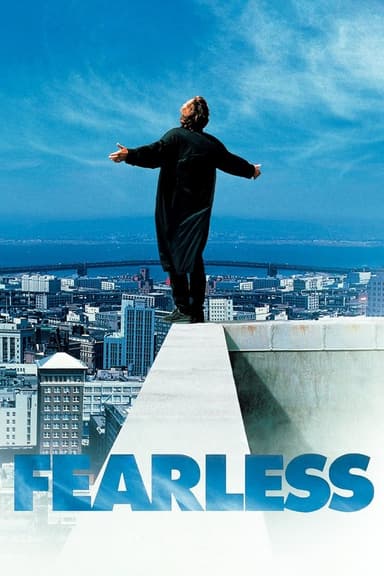
Going Places
1974 • Comedy, Drama • R
Two whimsical, aimless thugs harass and assault women, steal, murder, and alternately charm, fight, or sprint their way out of trouble. They take whatever the bourgeoisie holds dear, whether it’s cars, peace of mind, or daughters. Marie-Ange, a jaded, passive hairdresser, joins them as lover, cook, and mother confessor. She’s on her own search for seemingly unattainable sexual pleasure.
Runtime: 1h 57m
Why you should read the novel
Bertrand Blier's novel 'Les Valseuses' offers a deeper, more nuanced exploration of its characters' motivations and inner turmoil than the film adaptation. Reading the novel allows you to experience the raw prose and subversive humor firsthand, unfiltered by cinematic constraints or censorship. Blier's unique narrative voice invites readers to confront challenging themes with insight and empathy, making the text a provocative journey into alienation and rebellion.
While the movie is visually arresting, the book provides necessary context often lost on screen, revealing the complexities behind each character's decisions. The novel's internal monologues and psychological portraits give weight to gestures and actions that appear abrupt or shocking in the film. For those seeking to understand these figures beyond surface provocation, the book delivers a richer, more intimate encounter.
Additionally, the source novel delves into the societal backdrop and philosophical underpinnings shaping the protagonists, illuminating their nihilism and vulnerability. Blier’s unvarnished writing challenges readers to reflect on issues of freedom, morality, and consequence in a manner both unsettling and thought-provoking. Engaging with the novel opens doors to broader discussion and interpretation than any film viewing could provide.
Adaptation differences
One of the main differences between Bertrand Blier’s novel 'Les Valseuses' and its 1974 film adaptation 'Going Places' lies in the narrative format. The novel dives extensively into the internal thoughts, motivations, and backstories of the main characters, providing psychological insight that a visual medium like film struggles to deliver. This intimacy enables readers to grasp the complexity of Jean-Claude and Pierrot’s actions, understanding their rootlessness and cruelty from the inside out.
In the transition to film, much of the internal monologue and introspection is necessarily omitted. The movie opts instead for visual storytelling, using performance, setting, and pacing to convey meaning. This results in a leaner narrative that is sometimes more ambiguous, losing some of the novel’s nuanced context for the characters’ antisocial behaviors. The film’s dark comedic tone, while present in the novel, is intensified on screen through physicality and pacing.
Another significant difference is the treatment of secondary characters and their arcs. The book elaborates on side characters, fleshing them out with histories and perspectives that lend depth to the world the protagonists move through. In contrast, the film streamlines or omits many of these elements, focusing tightly on the exploits of Jean-Claude and Pierrot, which can make supporting characters seem more like narrative devices than fully realized individuals.
Finally, the novel's broader social critique is more explicit and carefully deconstructed on the page, while the film often leaves its commentary to be inferred from the characters’ actions and the audience’s reaction. The controversial themes of sexual liberation, violence, and alienation are given more contemplative space in the novel, allowing for a challenging but thought-provoking read. The film, with its brisk pace and visual focus, sometimes sacrifices this reflective quality in favor of shock and immediacy.
Going Places inspired from
Les Valseuses
by Bertrand Blier










